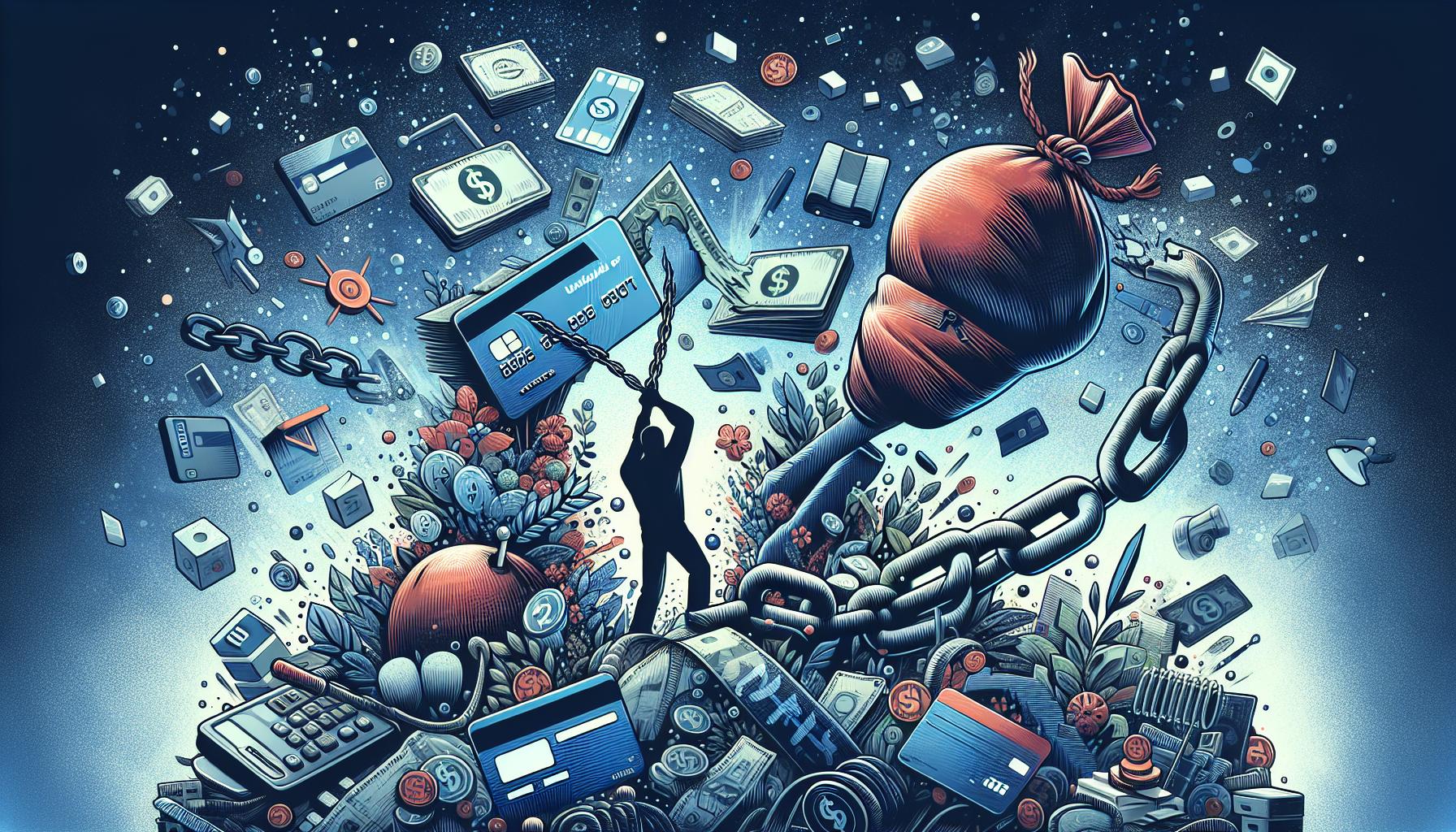
Unlocking the Secrets to Buying Debt from Credit Card Companies
Are you pondering how one goes about acquiring debt from credit card companies? Well, you’re in the right place! This resource comes fully packed with crucial ‘insider tips’ to guide you through the process. Buying debt from credit card companies can be complex, but fear not - we’ll demystify it together.
In this article, we’ll discuss why you might want to buy such credit card debt, how the process functions, and what you should consider before you dive headfirst into debt purchasing. Now, let’s set sail across the sea of useful information.
Why Buy Debt?
Firstly, why would anyone want to buy debt from credit card companies? In simple terms, debt acquisition often becomes a pathway to making a profit, somewhat akin to a treasure hunt. Shrewd investors earn quite a sum by acquiring debt at discounted prices, then collecting more than what was initially invested.
The Debt Buying Market
The debt buying market, much like a bustling city, never slumbers. Banks and other financial institutions periodically sell off their unpaid, charged-off debts often at a significantly lower rate than their face value. And this is where debt buyers come into play.
The Mechanics of Debt Buying
Buying debt could be regarded as an odd form of shopping. To put it in straightforward terms, banks package up batches of debt into what can be considered as ‘debt portfolios.’ These portfolios are then sold to the highest bidder. It’s almost like an auction, but instead of antiques or artwork, you’re bidding on debt!
Understanding Debt Portfolios
Debt portfolios are clusters of individual debts. Ranging from unpaid credit card accounts to unredeemed personal loans, these portfolios become a veritable buffet of consumer debt. The debt, which often seems like a daunting mountain to borrowers, becomes a potential pot of gold to your business.
Key Considerations Before Buying
Just like embarking on a treasure hunt, buying debt from credit card companies requires a keen eye for detail and insight. Prior to jumping ship into the oceans of debt buying, ensure that you have conducted sufficient due diligence. Check out the credit histories, past payment records, and demographic details of borrowers.
Time, Experience and Capital
Time, experience, and capital are your most significant assets at this debt-buying juncture. Be prepared to invest substantial time in learning the trade and managing the collection process. Also, remember that owning a debt portfolio requires an initial capital outlay.
Conclusion
In summary, while buying debt from credit card companies can feel like a daunting task, with the right mindset, patience, and strategy, you can make it another avenue for income. It might not be a walk in the park, but with these insider tips, you are certainly better equipped to navigate the journey ahead.
Frequently Asked Questions
Q1: What is a debt buyer?
A1: A debt buyer is an entity that purchases debts from creditors for a fraction of the debt’s face value. The debt buyer then owns the debt and can collect the full amount from the debtor.
Q2: How does the debt selling process work?
A2: Creditors often sell bad debt to collection agencies or debt buying companies. The sales are usually undertaken via auctions where the highest bidder walks away with the debt portfolio.
Q3: How profitable is buying debt?
A3: The profitability of buying debt varies based on many factors. These may include the type, age of the debt, and the ability of the debt buyer to successfully collect the debt.
Q4: What rights do debt buyers have?
A4: Debt buyers have the right to seek payment for the full amount owed once they purchase a debt. They can use various methods to collect the debt, including litigation.
Q5: How do I get started with buying debt?
A5: Research, education, and contacting debt selling creditors are key initial steps. You may also want to ensure you have enough capital as purchasing debt portfolios requires an upfront investment.

